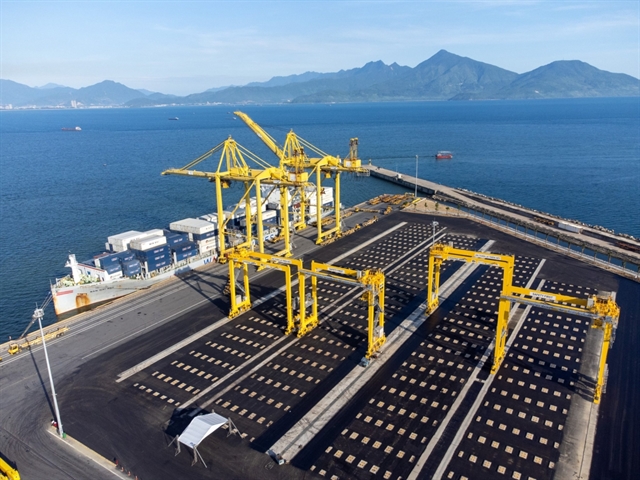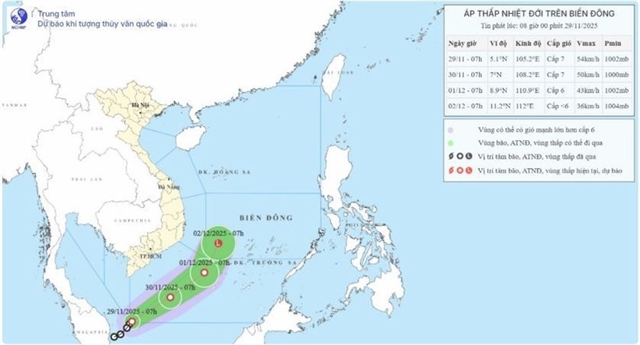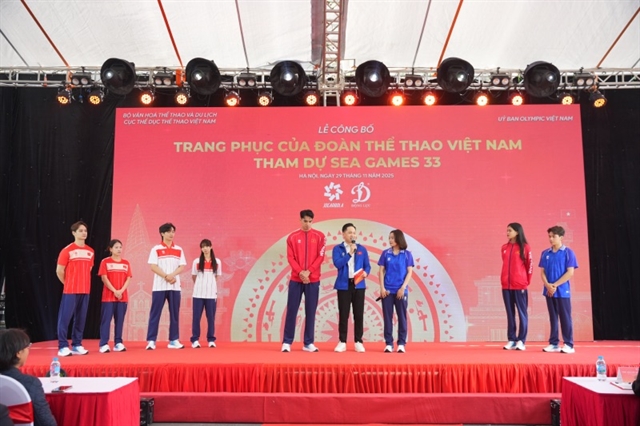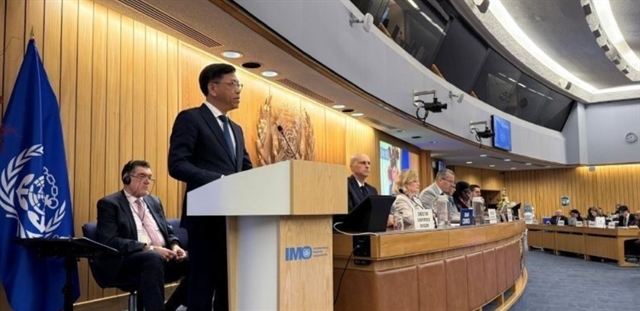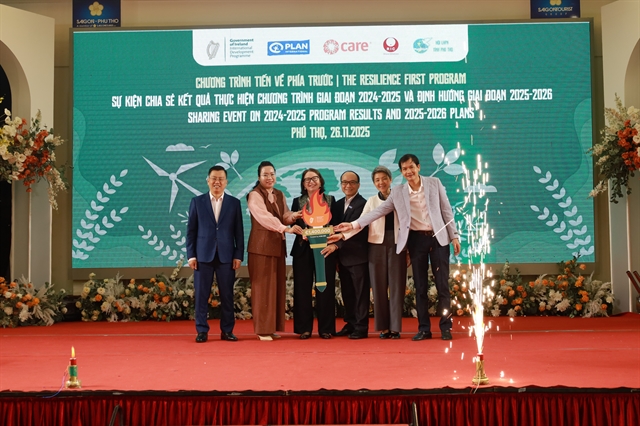 Society
Society

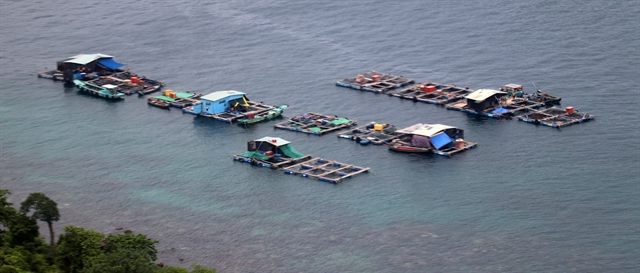 |
| Floating cages for breeding marine fish in the waters of An Giang Province’s Phú Quốc Special Zone. — VNA/VNS Photo Lê Huy Hải |
AN GIANG — An Giang Province is focusing on developing sustainable marine aquaculture, and seeks to become a national marine economy hub.
With a coastline of more than 200km, nearly 63,300sq.km of fishing grounds and over 140 islands, and abundant aquatic resources, the Cửu Long (Mekong) Delta province has favourable conditions to develop the marine economy, particularly aquaculture.
Tô Diễm Thúy has spent more than 20 years raising marine fish in floating cages on Tre Island in Kiên Hải Special Zone.
She cultivates 20 cages of species such as cobia, pearl grouper, red snapper and yellow pomfret per cycle, earning VNĐ500–700 million (US$18,900–26,500) a year.
In 2022 she received support to pilot a switch from traditional floating wooden cages to high-density polyethylene (HDPE) floating cages, which proved more effective.
But the high cost of HDPE cages, which most farmers cannot afford, means many still use wooden cages, she said.
“We hope for preferential loans with gradual repayment so we can invest in modern HDPE cages.”
Farmers said breeding marine fish is highly efficient and more sustainable than fishing and that they earn a profit of 30 per cent, but the small of scale operations, water pollution and unclear fry origins result in a mortality rate of around 30 per cent.
Nguyễn Nhật Trường of Sơn Island in the Kiên Hải Special Zone said farmers often buy fry from traders without knowing their origin, leading to high mortality. Market prices depend entirely on traders, who frequently force down prices, reducing profits, he said.
“I hope the Government will secure linkages between fry suppliers and buyers, with guaranteed outlets, so that cage farming can expand in Sơn Island with stable markets.”
Further development
The province has set a target of 4,550 cages producing 5,150 tonnes this year, according to its Department of Agriculture and Environment.
However, nearly 4,780 cages are already in place and have produced more than 3,400 tonnes of high-value species such as grouper, cobia and yellow pomfret.
The province has piloted 18 models for converting wooden cages to HDPE ones, with 88 cages showing encouraging results.
It has also issued identification codes for 357 breeding facilities and 29 marine farming licences, laying the foundation for product traceability.
Besides, 14 projects have been added to its industrial marine farming investment list, applying new technologies.
Lê Hữu Toàn, director of the Department of Agriculture and Environment, said major challenges include small scale of operations, limited fry supply, dependence on traders, and underdeveloped value chains.
To capitalise on marine farming advantages, the province's People’s Committee has issued a plan for sustainable marine farming development for until 2030.
It sets out the scope and criteria for cage farming areas, allocates island and coastal farming zones and proposes priority projects.
The plan targets installation of 14,000 floating cages by 2030, producing 105,720 tonnes, including 6,600 high-tech cages, to establish industrial-scale marine farming serving exports, tourism and domestic demand.
Several companies have surveyed and trialled marine aquaculture in the province.
Australis Aquaculture Vietnam Limited has piloted the Asian sea bass in six HDPE cages with good results.
Hoàng Ngọc Bình, the company’s operations director, said: “The natural conditions here are excellent. If the approval process for more than 400ha of sea area is resolved quickly, we are ready to expand to an industrial scale with an output of thousands of tonnes.”
However, he added, offshore infrastructure is lacking, transport costs remain high and licensing procedures are slow, which affects investment progress.
Toàn said: “We will use central funds to invest in essential infrastructure, creating a foundation to attract investment into industrial marine farming.”
The province also plans to expand industrial shrimp farming, develop eco-organic aquaculture in coastal rice–shrimp zones, and integrate aquaculture with eco-tourism, processing and exports.
It is strengthening aquatic fry quarantine measures, monitoring dangerous diseases in farmed species, and guiding farmers with timely treatment regimes.
After more than five years of implementing Resolution 36-NQ/TW, the province’s marine economy has grown comprehensively to account for 80 per cent of its overall economy, with average incomes in the industry 1.25 times the provincial average.
Aquaculture made up 47.14 per cent of the province’s fisheries output and 16 per cent of the country’s fisheries output last year. — VNS

